How Often Should You Water House Plants? 8 Factors to Consider
-
Pete Ortiz
- Last updated:

Whether you are an experienced gardener or are a newbie in the world of indoor plants, you probably know that plants need water to thrive. Incorrect watering regimens can significantly affect the growth of your plants, making them susceptible to pests and diseases.
Many variables affect the frequency of watering houseplants. Some plants are the thirsty variety and need frequent watering, but most plants require watering when the soil dries up. Most people usually end up overwatering or underwatering their plants, eventually killing them.
In this article, we will discuss the watering regimen of indoor plants and the various factors that affect the watering frequency. Read on to learn more.
Frequency of Watering Houseplants
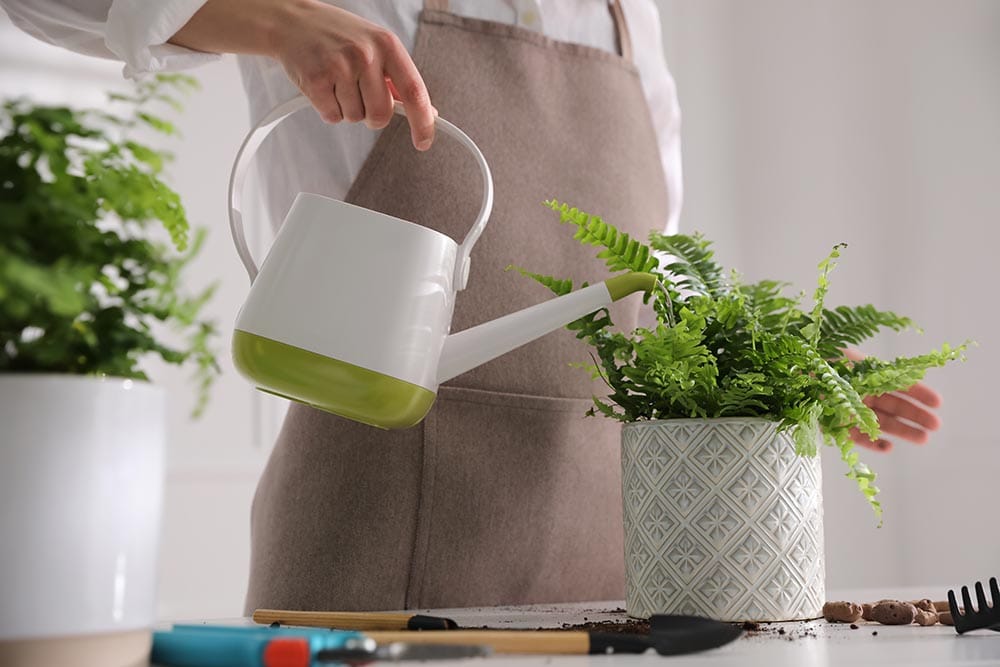
Watering indoor plants is more complicated than the outdoor varieties. Indoor plants do not have a specific watering regimen and do not need much water to survive. However, the watering frequency will be determined by light, soil type, humidity, heat, and season factors.
Generally, water your houseplants at least once every week, and you should water generously and equally from all sides of the plant pot to make the soil soggy but not oversaturated. The plant should be able to remain moist and can last for days without needing more water. Furthermore, ensure that water is at least 1/4 or 1/3 the volume of the pot.
The watering frequency will differ depending on the type of houseplant but be sure to check the soil moisture to confirm if the plants need water before adding more.
The 8 Factors Affecting the Frequency of Watering Houseplants
1. Type of Pot Used
Before growing houseplants, the first thing you should focus on is the type of container the plants will be growing in. This is because container type affects the speed at which the soil dries and the watering frequency. For instance, indoor plants like succulents which do not need a lot of water thrive in terracotta pots. However, plants that are frequently thirsty and need more water do better in ceramic, plastic, or glazed pots.
- Ceramic Pots. Ceramic pots are ideal for plants that don’t require too much water. Their composition helps keep the moisture content in the soil at even levels. Even on hot summer days, ceramic pots will retain moisture more than the other pot types.
- Terracotta Pots. The porous nature of this pot type allows moisture to evaporate faster from the potting mix. They are ideal for succulents like cacti, snake plants, and aloe Vera. However, plants growing in terracotta pots will require more frequent watering in summer than in unglazed clay pots.
- Plastic Pots. Plastic pots also help the soil retain moisture for longer. This reduces the amount of water you give to our plants throughout the year.
Whatever type of pot you use for your indoor plants, ensure that it has enough drainage holes at the bottom. They let the excess water drain out, preventing the potting soil from becoming waterlogged. Also, whenever you buy a new house plant, ensure that you repot into a fresh potting mix. The pots sold with the houseplants tend to be too small for the plant, which can become root bound. Repotting will also allow you to inspect your plants for possible signs of fungus and diseases.
2. Pot Size
The size of your growing pot should match the type and size of the plant to get the correct watering schedule. If the container is too large, it will retain too much moisture, and you are likely to experience issues with dampness, root rot, and mold. On the other hand, containers that are too small will not retain enough moisture, and the soil will dry up much faster.
Therefore, if your houseplant is a succulent variety that needs soil that drains and dries quickly, a smaller pot will be suitable. For indoor plants that need partly moist soil, choose a larger growing container.
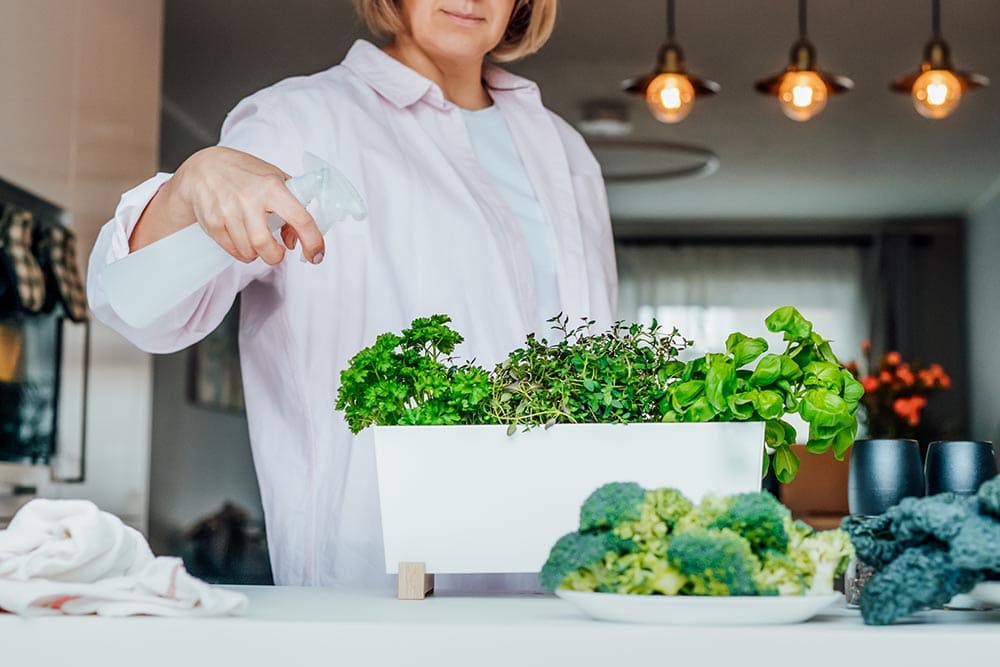
3. Type of Potting Soil
The potting medium also determines the watering regimen of houseplants. Any potting medium used with houseplants needs to be well-draining to prevent the mix from getting soggy or waterlogged. Water should be able to flow freely in the potting mix to the drainage holes below.
To improve the drainage of potting mediums, you can add different ingredients like perlite, coarse sand, orchid substrate, or vermiculite to create a perfect blend of potting mix. These ingredients feature large particles that prevent the compacting of the potting medium, thus inhibiting drainage. They will help aerate the soil and allow excess water to drain through much faster. You also add peat moss to your potting mix because it is known to retain the right amount of moisture in a growing medium.
4. Size of Plant
The size of your houseplant will also affect how often and how much you water your houseplants. For instance, a large broad-leafed Swiss cheese plant will need more water than a small polka dot plant. Other than the overall size of the plant, the growth rate also affects watering requirements in house plants. A mature and established plant may not need frequent watering compared to small, fast-growing plant species. Furthermore, some houseplants like bromeliads and orchids tend to absorb moisture from the air via their root system. This will also affect the frequency at which you water them.
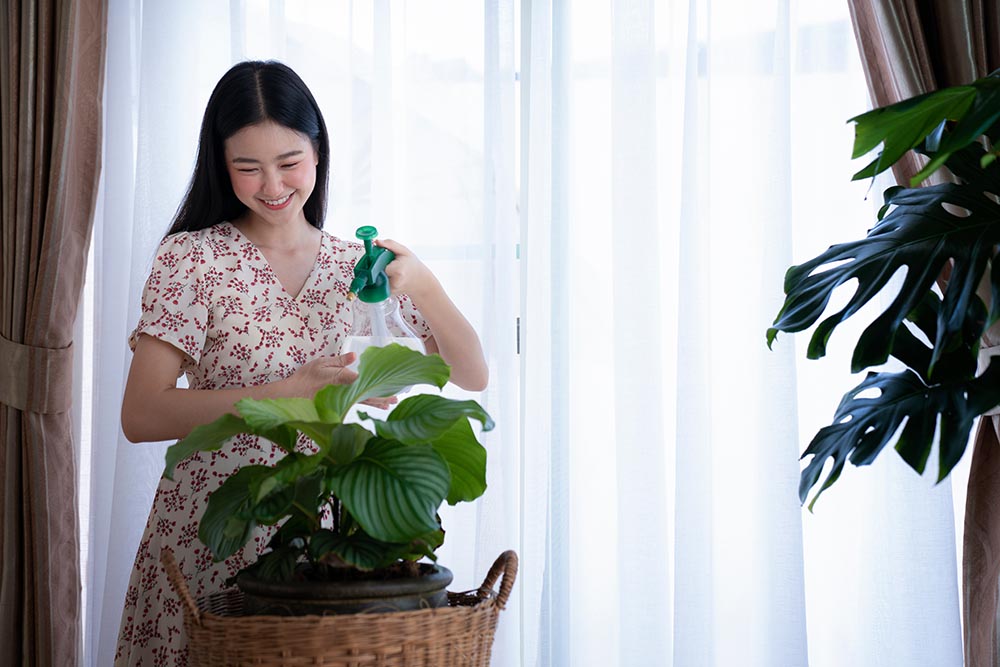
5. Temperature
Almost all living organisms, plants included, give off more moisture in hot and humid environments. Moisture from potting mediums and potted house plants evaporates much faster in summer than in winter. When temperatures are high, indoor plants will require frequent watering, usually once or twice a week, especially in summer.
The amount of sunlight exposure from the windows will also affect when you need to water house plants. For instance, a houseplant growing in a south-facing room will receive more sunlight and will probably need watering more frequently than a plant growing in a north-facing room.
6. Humidity
Humidity also affects the frequency of watering houseplants because it affects the rate at which moisture evaporates from the plants and soil. Granted, some indoor plant species, like ferns, calatheas, and monsteras, thrive in high-humidity environments. However, each of these plant species has different watering requirements.
Humidity levels can make watering houseplants in winter overly complicated. When you close your window and crank up the thermostat to keep the cold air outside, you will also dry up your household air much faster and your plants will need frequent watering. However, since most house plants rarely need watering in winter, you should check your soil for dryness before watering. But if you are growing tropical plants, you must mist their leaves throughout the winter season.
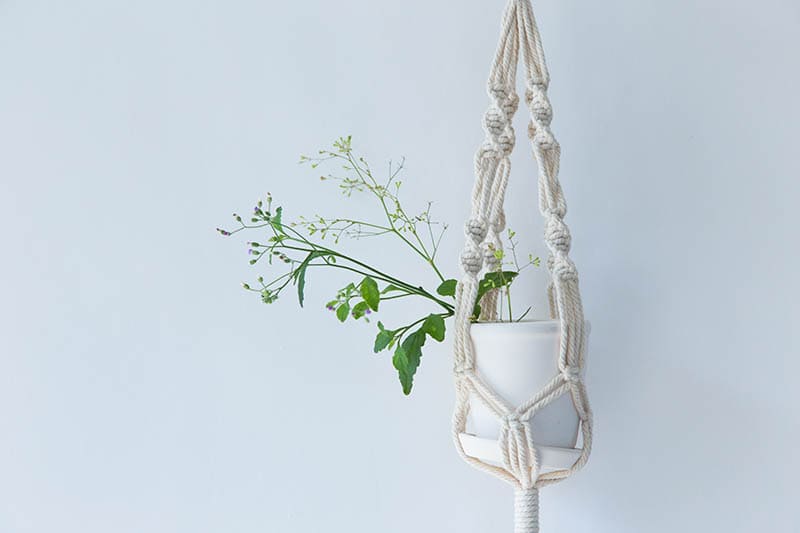
7. Seasons
It’s a good idea to water your plants according to the season. Usually, plants are the most active and experience vigorous growth during spring and summer. However, houseplants become dormant in fall and winter.
As a rule of thumb, you should regularly water your houseplants in spring and summer and provide them with appropriate nutrients every three to four weeks to support vigorous plant growth. As the season progresses to fall, reduce the watering regimen. In winter, water the plants sparingly and only when the top 1-inch soil layer is bone dry.
8. Air Circulation
One of the biggest challenges that house plant growers face is the lack of airflow in the house. When a room has been closed for a while, the air stagnates and hinders evaporation from the soil and transpiration from the leaves. If the potting soil remains damp for a while, you don’t have to water the houseplant as often. However, the plants will risk developing root rot or fungal infections, which will affect the plant’s development.
So, ensure that your house has enough airflow to help all the plants growing in your home to thrive. Keep the windows open in summer, but make sure you transfer the plants next to window sills to areas where there is no draft. If ventilation and air circulation are a problem, especially during winter, use an oscillating fan to circulate the air around your houseplants.
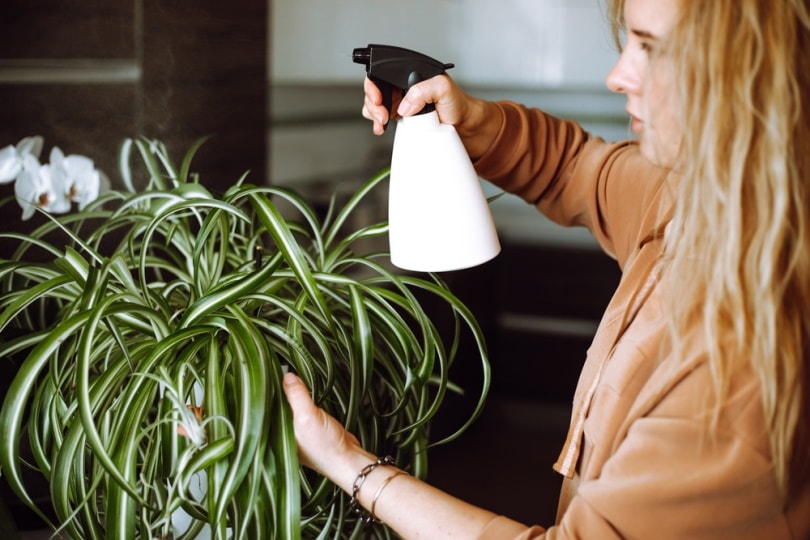
How Long Can Houseplants Survive Without Water?
As mentioned earlier, one of the most common mistakes regarding watering indoor houseplants is watering too frequently. Most people would just take the first glance at a potted plant and assume that they need more water because they are growing in a house setting. However, healthy houseplants can go for close to two weeks without any water. Provided you give your plants a regular watering schedule, the plants will not experience any lasting damage from lack of water.
If you are the kind of gardener who forgets to regularly water houseplants, you should opt for drought-resistant plants. They include species such as snake plants, ZZ plants, and spider plants. Drought-resistant plants can go for 3 months without water. These plants can even thrive in low-light conditions.
Some species, like tropical plants, have very strict and specific watering requirements. They can only thrive in constantly moist soil. If you don’t water tropical plants enough and the soil gets bone dry, they will wither and die. Full-grown tropical plants can only go for 2–3 weeks without water.
Conclusion
Besides oxygen and light, plants need water to thrive, and houseplants are no exception. Providing your plants with a good watering regimen will allow the plants to thrive and add to a home’s interior décor. However, watering indoor plants is more complicated than outdoor plants because they do not have a fixed watering schedule. Generally, you should water houseplants once or every two weeks to ensure your houseplants grow and thrive.
Plants growing in larger ceramic pots and a cold environment will need less water than large plants grown in small pots and a hot environment. Furthermore, humidity, air circulation, and temperature will also affect how often you water your thumb.
To avoid overwatering or underwatering, you should familiarize yourself with the specific watering requirements of your houseplants. Also, instead of coming up with a watering timetable, check for moisture content in the potting mix and let it be your guide.
Featured Image Credit: Gladskikh Tatiana, Shutterstock
Contents


